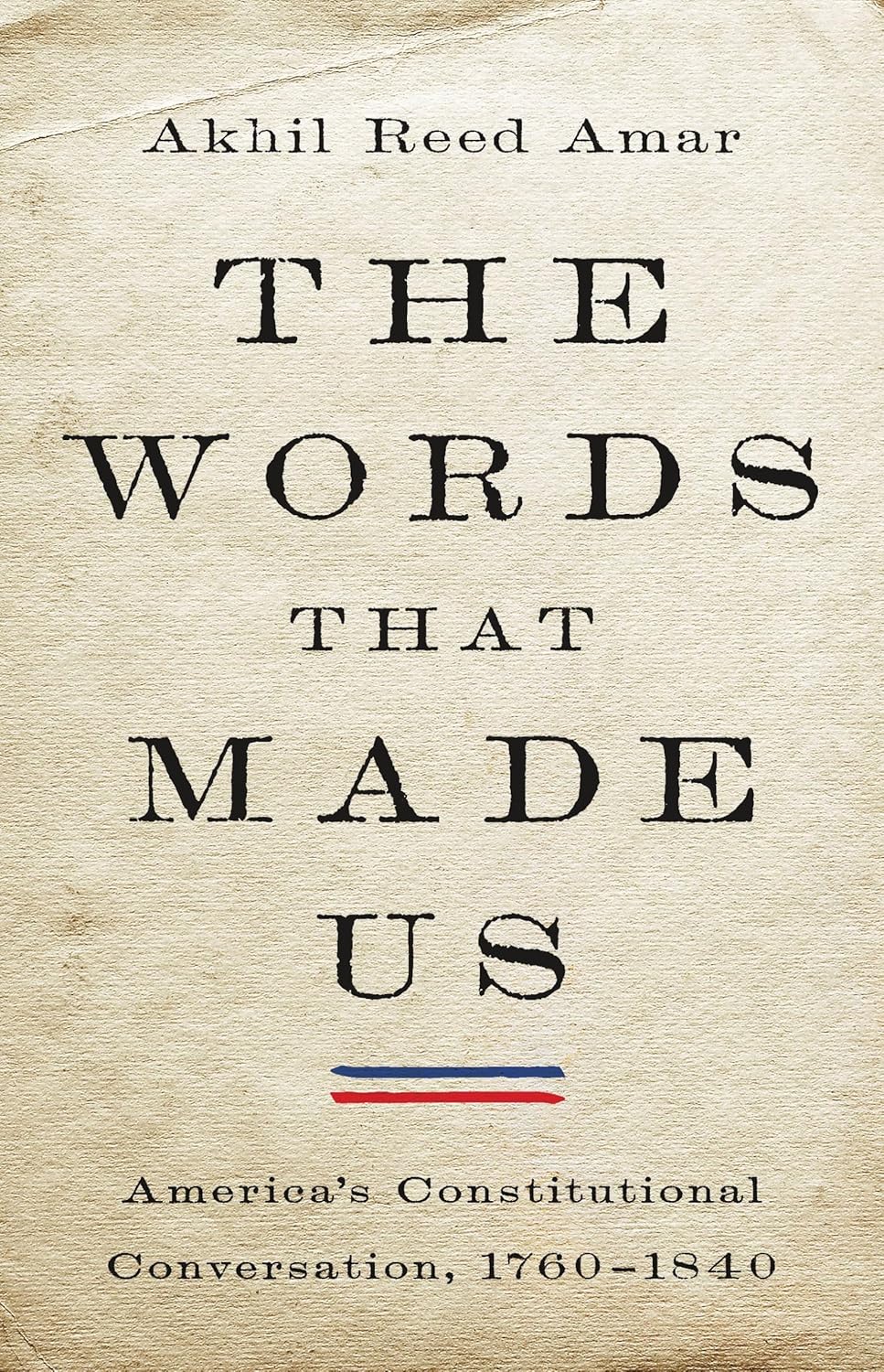From George Washington’s point of view, there was one issue and one issue alone, that towered above all others in the adoption of a new Constitution. The United States had to be strong enough to survive. Great Britain had the strongest navy and military in the world and a population three times the size of the United States, and France had twice the population of Great Britain. Spain amounted to a third European threat. Britain’s banking system was the engine that could fund wide-ranging war efforts in Europe or North America. After the Revolutionary War, the United States had no standing army, no navy, no effective banking system. For Washington, the purpose of the Constitution was to create a United States capable of fielding an army, equipping a navy, and borrowing money from abroad. We began as a financially bankrupt nation. American veterans and American creditors had not been paid. The role of Hamilton as Washington’s Secretary of Treasury, bitterly resented by Jefferson and Madison, was decisive in consolidating an effective national government. Without assumption of state debt, a national bank, and a national currency, it is uncertain whether the fledging republic would have outlasted Washington.
In Amar’s analysis, Washington, the silent chair of the Constitutional Convention, was the Constitution’s most influential drafter. Article II of the Constitution provided for a strong Executive with an independent electoral base who also was commander in chief of the Armed forces. The president compared to state executives had a four-year term and initially unlimited re-electability, the ability to nominate his administration leaders and, after action in 1789, to remove them without seeking congressional consent, as well as powerful veto and pardon powers. Congress augmented presidential power with the power to tax, create a military, and with a few exceptions would legislate by majority rule. Foreign trade, potentially a mechanism by which foreign powers could divide the United States, would be regulated at the national level. State powers would be limited by the Supremacy Clause, which made national law supreme when state law was in conflict.
While much recent scholarship has focused on other aspects of the Constitutional Convention, such as how power would be allocated among the states, whether the Senate would be directly elected or elected by legislatures, how the veto power would work, Washington, in Amar’s colorful phrase, did not sweat these details. Amar writes: “The Constitution that emerged from Philadelphia gave him what he wanted and needed for himself and for his country. […] The Constitution of 1787 was emphatically Washington’s Constitution, not Madison’s.” In Amar’s view, Madison’s celebrated Federalist No. 10 on how to avoid faction and celebrating the separation of powers was virtually irrelevant in the ratification process.
Hamilton’s Federalist No. 8, with its Washingtonian emphasis on common defense and collective action, was the far more important essay.
